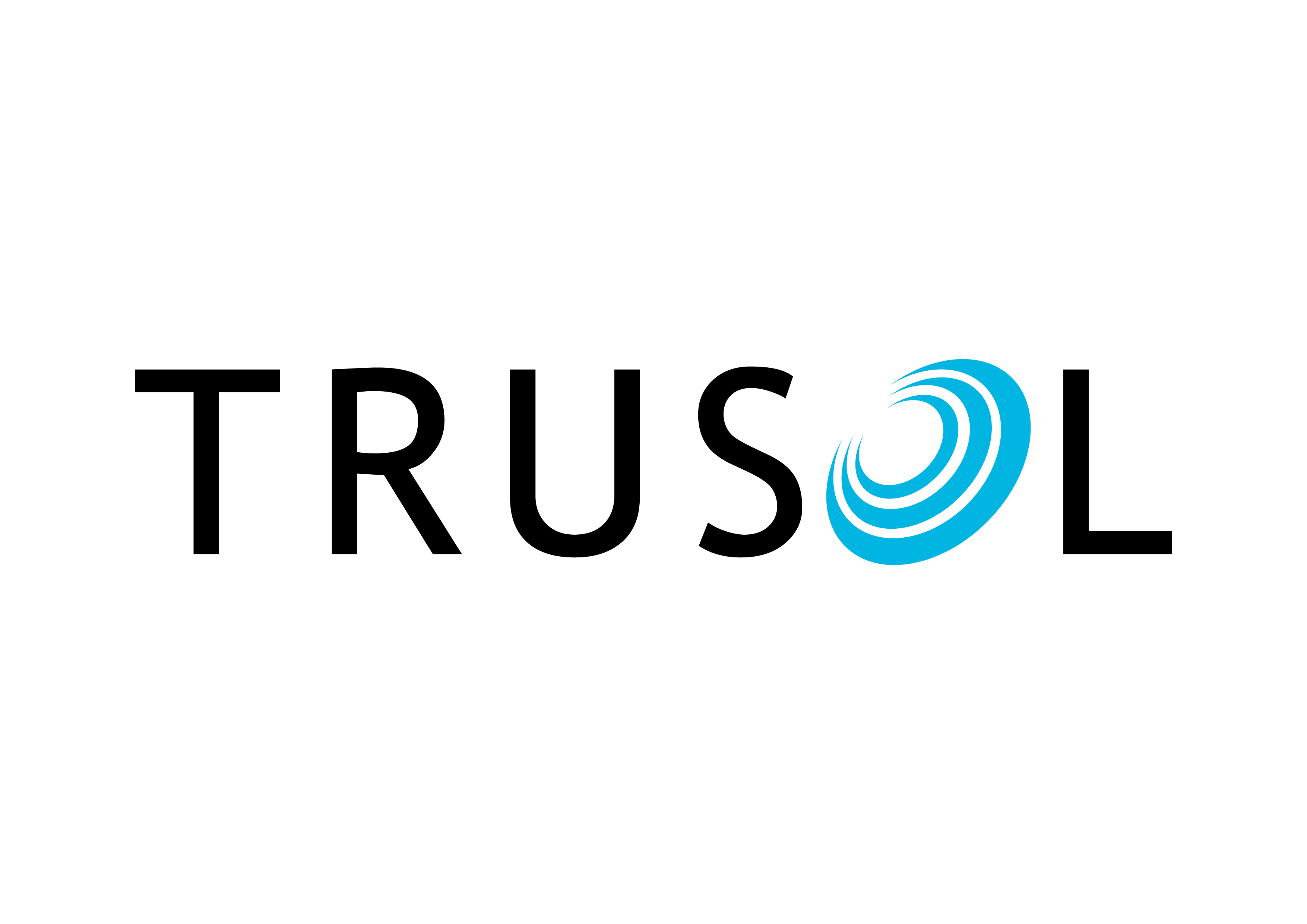07 Apr 802.11ac is the Latest Update in Wi-Fi Standards
Here’s How Your School can Benefit
Wi-Fi performance has been trending upwards for a long time. Versions 802.11a, b/g, n, and the latest, 802.11ac all represent milestones along the way, and if you are following this as an imaginary graph, the latest, 802.11ac sits at the highest point with the steepest angle from the last.
For schools, the big question is whether an upgrade will make a significant difference to the speed, data delivery and wireless capabilities and if it will be worth the investment in terms of time, money and disruption.
More Bandwidth, More Devices, More Range
Wi-Fi has always been specified to work in the 2.4 and 5 GHz bands, but whilst the previous generations of equipment could use 5GHz, few routers actually did. The majority of providers decided that 2.4 GHz was ample for the number of devices which could potentially be in range and the cost of supplying systems that also used the 5 GHz band didn’t make sense.
Considering that since Wi-Fi was introduced with few users, just about everyone now has a wireless device on them, including phones, tablets and laptop computers. And as if that wasn’t enough, we now have Internet of Things (IoT) technology impending, which will mean that everything including your fridge, washing machine, and perhaps your TV if it’s not already connected, will be operating on the same bandwidth to maintain interconnectedness.
The problem of having so many devices crammed within the narrower frequency range is that the amount of data which can be transmitted goes down for each, and with it the quality of service. Basically it means we’re all refreshing and waiting for things to load. So the latest generation of 802.11 ac wireless access points actively use the 5GHz band to give a significantly greater connectivity and total bandwidth.
Getting good coverage with a Wi-Fi network is an art. The signal propagation in free space is impressive, but in the actual world of walls and ceilings things are different. On paper the coverage of a 5GHz signal is less than a 2.4 GHz one, however in the real world the addition of a second frequency band and the differing propagation characteristics of 5GHz vs 2.4GHz mean that the actual coverage improves significantly.
A Spider has Eight Legs, 802.11ac Devices Have Eight Aerials
The first Wi-Fi devices had a single aerial, which eventually went up to two and then four, including not just routers but phones and computers as well. 802.11ac devices have the capacity for eight aerials. The benefit of this is that the devices will be able to send and receive data on 8 different frequencies. The more aerials, the more data that can be transmitted and the more devices that can be connected.
Believe it or not it gets better. 802.11ac is also capable of beamforming, which means that signals are electrically pointed from once device to the other, as opposed to beamed equally in every direction. This improves the speeds achieved in the real world quite significantly.
The Bonus: Full Compatibility With Earlier Versions
Wi-Fi standards don’t suffer the same generational problems as a PC might, so there are no limits to adoption from that perspective. 802.11ac wireless networks are fully interoperable with all other variations of 802.11 a b/g and n devices. Users of older devices will not notice any difference in connectivity and in many cases will benefit from improved performance when an 802.11ac network is installed.
The Final Consideration: Cost
New technology usually comes with a hefty price tag, until the next version. The good thing is that 802.11ac has been in production for a couple of years, so manufacturers are making the devices optimally and prices have matured. This means they are probably at their lowest price-point, but being manufactured to their highest level of quality. Any teething problems with production have been found and rectified.
On top of this, the additional range and capacity means that less are required, so where you may have been buying two, you may only need one!
If your school wants to upgrade its Wi-Fi capabilities to 802.11ac, and you need information and assistance integrating the technology, then feel free to contact us.


